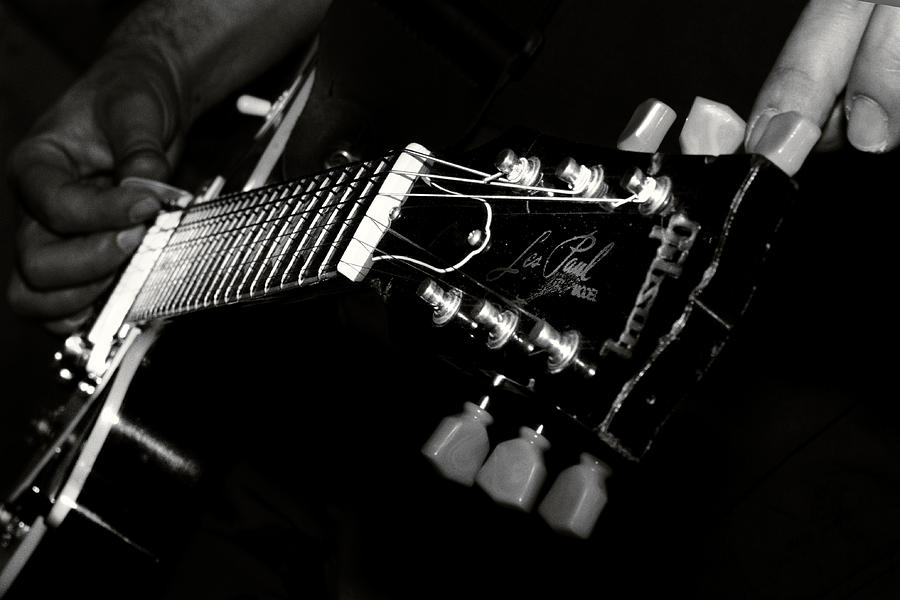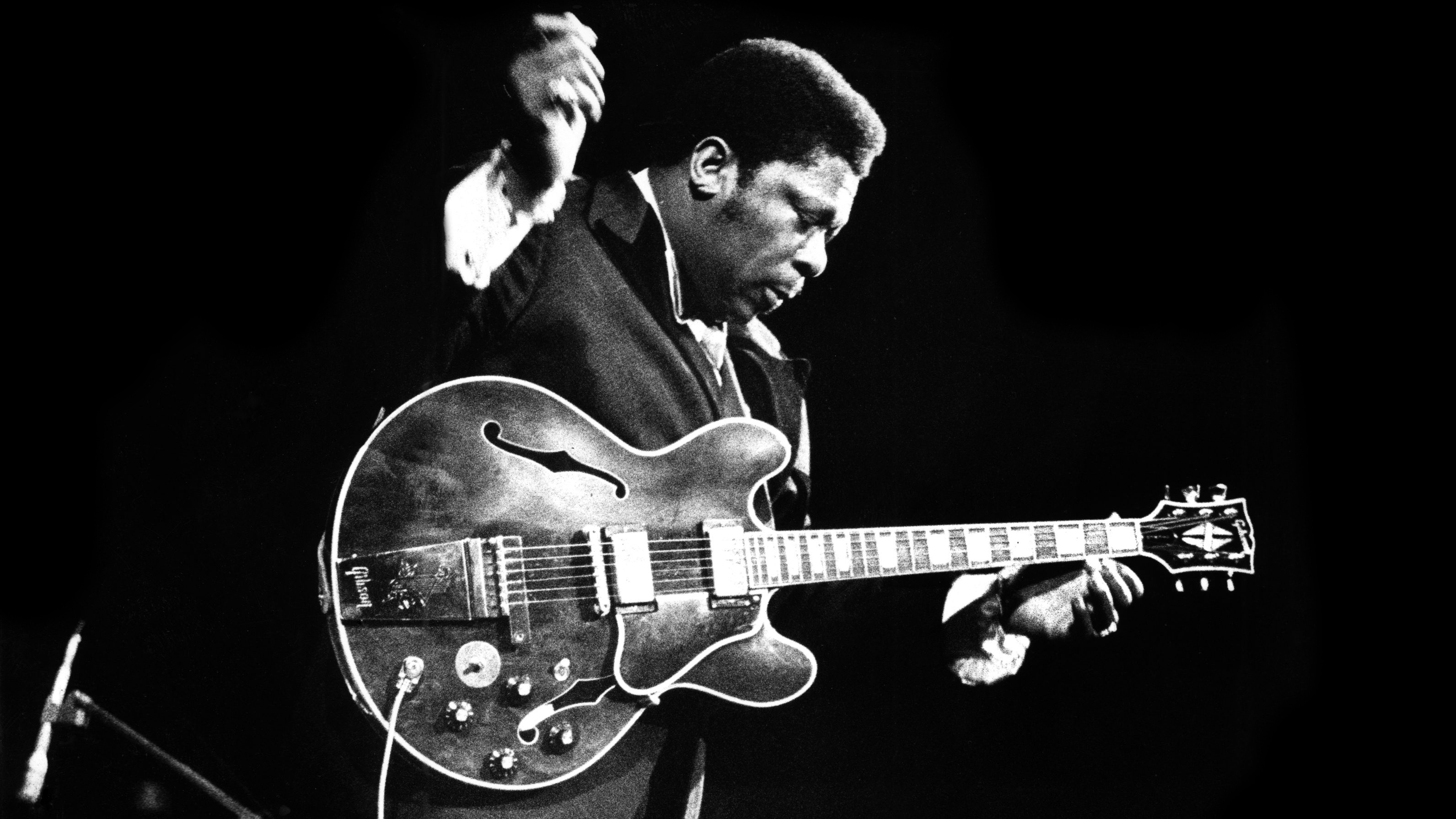If you’ve ever studied (or been forced to study) the CAGED system, you eventually reach a point where you begin to wonder whether the system is actually useful. I first became suspicious at Music College where I was handed an inch-thick guitar theory book which included the infamous CAGED System. The thing that baffled me was that none of the instructors (which at the time included Guthrie Govan, Dave Kilminster, the late Eric Roche, Pete Callard and Jamie Humphries) had even used this system to learn their scales! So what alternatives are there to the much-pedaled CAGED system?
Off to a Bad Start
The CAGED system is particularly bad for beginners as the focus is on technique rather than learning what a particular scale sounds like over a particular chord. Building technique is of course gratifying for anyone starting out on the guitar but the sheer number of notes to be learned will do nothing for your ear in the early stages. The more notes you have to deal with, the more likely you are to play them in order; combine this with not connecting your ear to what you’re playing, and you end up with soloing that sounds like scales. In short you’ll put in a lot of hours for very little reward and end up with a bunch of unusable information.
CAGED System Alternatives
1. Triads
As far as understanding chords in relation to scales I would highly recommend taking a look at the triad system and building scales off of them. This system removes the need to learn endless shapes and immediately starts you off with the triad that relates to the scale. You get enough notes to be dangerous and you won’t feel lost. I was taught this method at Music College, and you can check it out in-depth in the article below.
Resources:
-How to Create Melodic Guitar Solos
2. 3 Note-per-string Scales
Popularized by Satch and the shred community at large, 3-note-per-string patterns are great for exactly that, the advantage being the repetitive nature of having the same 3 notes just on different strings which does help your ear a lot more than the choppy CAGED system patterns.
Resources:
-3NPS Scales – Are they for you?
-How to Learn 3NPS Scales Fast
-Free 3NPS Scales eBook
3. The 2 Position Scale System
Okay I’m slightly biased but I’ve seen my own 2 Position Scale System obtain some incredible results as far as learning scales goes. It was indeed born out of the frustration caused by the CAGED system and is specifically designed to avoid that ‘getting lost in the shapes’ feeling and solos that sound like scales. The beauty of this system is that there are only ever two shapes to learn per scale, and once you discover how to move them according to the nature of the guitar’s tuning, you’re well on your way to fretboard domination.
4. Targeting Chord Tones and Ear Training
If you’re-well versed in chords then targeting the chord tones while soloing is a great way to avoid any CAGED headaches. Start by outlining the chord changes with chord tones; when that becomes second nature you can start to throw in passing tones and chord extension tones. When you become a master at this basically any note is fair game as long as you resolve it to a chord tone.
Combine this with some serious ear training; I’m not just talking about recognizing intervals. You’ll need to be able to recognize chords, be able to pick them apart, scales, chord progressions, the lot. Granted this will take a while but if you can find your way around a guitar by using a combination of your ear and chord tones, you’re onto a winner.
Resources:
-Simple Chord Tone Soloing System
5. Get the Real Basics Down
One of things that almost no one notices about the CAGED system is that it doesn’t do a very good job of teaching the basics for anyone starting out with chords and scales. It brings you in at some kind of midway point with no point of reference or idea about how this stuff fits together. Last month we did a couple of articles on the basics of learning guitar, which you can check out below.
-What Exactly are the Basics of
Learning Guitar? (Part 1)
-What Exactly are the Basics of
Learning Guitar? (Part 2)
6. Bonus Alternative 1: Thinking Outside the Box (Cage)
One of the best investments I ever made as far as guitar books are concerned was Jon Finn’s Advanced Modern Rock Guitar Improvisation. I’ve been going back to this book for the last 10 years as it contains a ton of insight into scales, modes, pentatonics and soloing, but what I love about this book is the way Jon explains all these concepts from a completely different perspective, and one that will really open things up for you. He teaches pentatonics using geometry and modes using the magic number sequence! Jon teaches these very same concepts at the Berklee School of Music in Boston, so you know how tried and tested this stuff is. If you only buy one guitar book this month, make it this one. Check it out here.
7. Bonus Alternative 2: Hacking the CAGED System
Our latest eBook, ‘Hacking the CAGED System‘ was inspired by my own, and other guitarist’s frustrations with the infamous CAGED System for learning guitar. It hacks the CAGED patterns, making them easier to learn and digest; we then add chords, arpeggios and even modes into the mix, fitting everything together logically and beautifully. Check it out here.



